Chau Thanh is a purely agricultural district with a large amount of organic waste and agricultural by-products. Previously, people often threw away or burned it, causing environmental pollution. However, thanks to the model of "Dong Thap farmers reuse organic household waste and agricultural by-products to create biological products for production", agricultural waste and by-products are composted to make organic fertilizer for plants very effectively.

Farmers use IMO yeast to process water hyacinth raw materials to make organic fertilizer.
According to the Chau Thanh District Farmers' Association, after more than 1 year of implementing the model, 65 tons of organic waste and agricultural by-products have been composted into fertilizer. In addition, the model also helps farmers reduce input costs by 20-25%.
“Double” benefits from using IMO probiotics
An Nhon commune - a land famous for longan cultivation in Chau Thanh district has had a significant change in farming methods. About a decade ago, when organic fertilizers were not popular, people mainly used inorganic fertilizers. However, in August 2023, the commune was chosen as a pilot to implement the model " Dong Thap farmers reuse organic household waste and agricultural by-products to create biological products for production" initiated by the Dong Thap Farmers' Association. Since then, An Nhon commune has received and effectively implemented the model and recorded positive results.
According to Mr. Huynh Huu Thuan - Chairman of the Farmers' Association of An Nhon commune, to implement the model, the commune selected farmers who are enthusiastic about organic production at Bach Vien islet to implement the pilot model, applying it to crops such as longan, durian, jackfruit and using IMO to compost water hyacinth as fertilizer for fruit trees. Through the implementation process, many farmers have learned how to utilize IMO to process other waste products, compost them into fertilizers or spray preparations to prevent pests, helping to reduce production costs and increase profits.

IMO original yeast is made from familiar ingredients such as: iodine digestive enzyme, yogurt, sugar, yeast, rice bran, banana.
As a pilot household implementing the model of using IMO to treat snails and fish fertilizing longan trees, Mr. Le Thanh Lap in Tan Phu hamlet, An Nhon commune shared that 2 years ago, he composted organic fertilizer from fish to water the trees, but because he did not have yeast to process it, the stench was very strong. After the commune created conditions for him to attend a training course on the technique of using IMO yeast to compost, he applied it to composting fish and found that it reduced the stench very effectively, only about 10% compared to before. In addition to using IMO yeast to compost fish, he also researched and took advantage of plants with spicy, strong odors to compost and make pesticides to spray to prevent diseases on longan trees. Currently, with 4 hectares of 17-year-old longan (25 trees), he uses 60-70% organic fertilizer, with a yield of 4.5-5 tons, an increase of 10% compared to before, especially reducing about 50% of production costs.

Mr. Le Thanh Lap (Tan Phu hamlet, An Nhon commune, Chau Thanh district) mixed IMO fertilizer made from snails to fertilize his longan garden.
Also applying IMO yeast to treat waste to fertilize the jackfruit garden, Mr. Nguyen Van Duc, residing in Tan Phu hamlet, shared that he has about 6 hectares of jackfruit, intercropped with potatoes and beans. In addition to using household waste to compost, he also asked for discarded by-products from acquaintances such as: bean dregs, leftover vegetables, straw to compost fertilizer for the jackfruit garden. Over time, he found it very effective, reducing production costs by 30%. In addition, the plants fertilized with IMO fertilizer are greener than before, the greenness of the plants lasts longer after 1 re-fertilization.
Mr. Huynh Huu Thuan said that the model has helped farmers reduce about 25% of production costs, and successfully processed 45 tons of organic waste and agricultural by-products into fertilizer, contributing significantly to environmental protection. Thanks to the effectiveness of the pilot model at Bach Vien islet, the locality has expanded it to 7 hamlets, attracting about 550 households to participate, equivalent to 100 hectares out of a total of 1,400 hectares of fruit trees in the commune.

Mr. Nguyen Van Duc (Tan Phu hamlet, An Nhon commune, Chau Thanh district) uses IMO yeast from fermented fish to fertilize bean and jackfruit trees.
Applying the model in agricultural production
Mr. Phan Thanh Dung - Vice Chairman of Chau Thanh District People's Committee, commented: The IMO model has solved the difficult problem of farmers. Previously, the use of chemical fertilizers increased productivity but the cost was high and exhausted the plants. IMO appeared as a comprehensive solution, meeting all the factors of "heavenly time, favorable location, and harmony of people", because the raw materials are easy to find, the method is simple, the cost is low and especially it is safe for health. Thanks to that, this model received enthusiastic support from farmers.
After the success of the pilot model in An Nhon commune, Chau Thanh district has expanded the implementation of the IMO product use model throughout the area. In 2024, all 11 communes in the district will be instructed to use IMO to compost and recycle organic agricultural by-products to serve agricultural production. At the same time, households will also be instructed to classify waste at source. In addition, the district has deployed this model in 41/41 schools, creating 850 liters of original yeast to treat the environment. About 12,000 students have been instructed to classify waste and compost, contributing to raising awareness of environmental protection in the community.

Many young people came to visit the IMO compost model to fertilize plants of Mr. Le Thanh Lap's family.
Mr. Phan Thanh Dung added that the use of agricultural waste and by-products has changed the production mindset of farmers, moving towards the use of organic fertilizers, reducing costs by 20-25% compared to chemical fertilizers. However, the model still faces difficulties due to the laborious implementation and the lack of interest of some people, leading to waste and by-products.
To maximize the potential and benefits of the IMO model in agricultural production, the Chau Thanh District People's Committee has issued specific instructions. Relevant units, including the district's specialized departments and branches, the District Farmers' Association, and the People's Committees of communes and towns, continue to expand the model throughout the district. The goal is to guide people to fully exploit agricultural by-products, turning them into valuable input materials for production. The district is also actively calling on investors to cooperate with local cooperatives to invest in organic fertilizer processing. This will create favorable conditions and encourage farmers to apply the IMO model more widely.
IMO (Indigenous Microorganisms) is a biological product from indigenous microorganisms. How to make IMO yeast is as follows: First, to make the original yeast, use digestive yeast (iron), yogurt, sugar, yeast, rice bran, bananas, mix and incubate for 24 hours, then dry. When you have the original yeast, start composting by taking a sufficient amount of original yeast, adding water, then using this water to water the waste and agricultural by-products, then incubating for about 3-4 days before fertilizing the plants. |
Nymph
Source: https://baodongthap.vn/nong-nghiep/hieu-qua-thiet-thuc-tu-mo-hinh-imo-130260.aspx



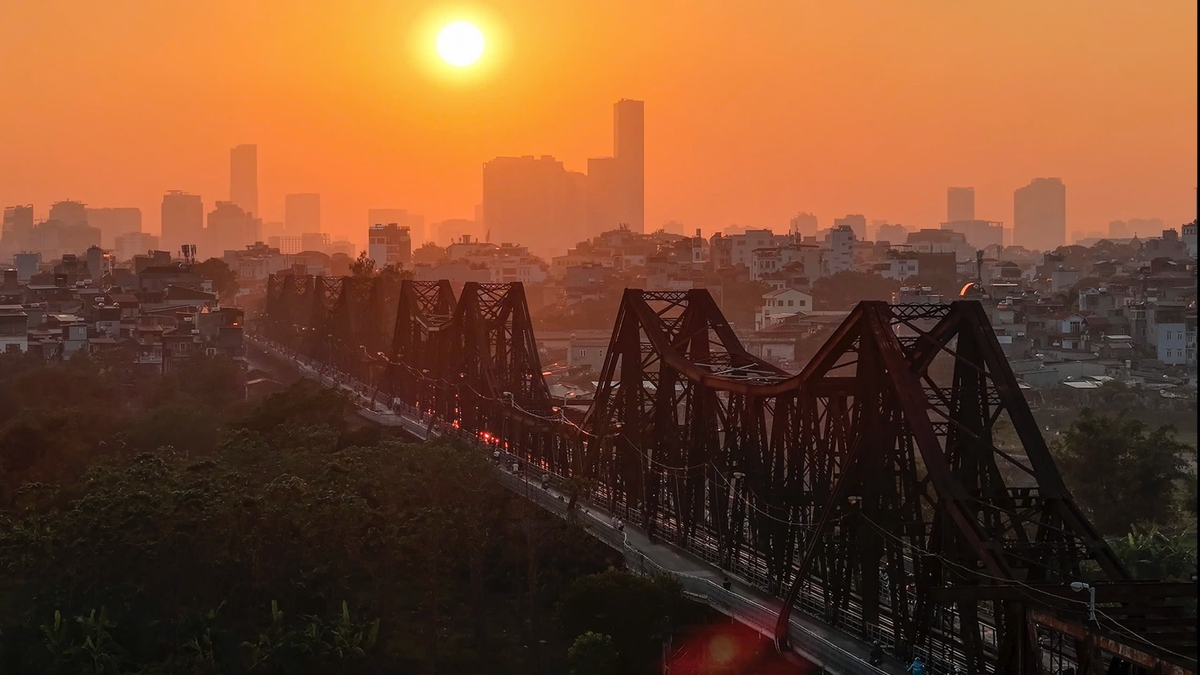
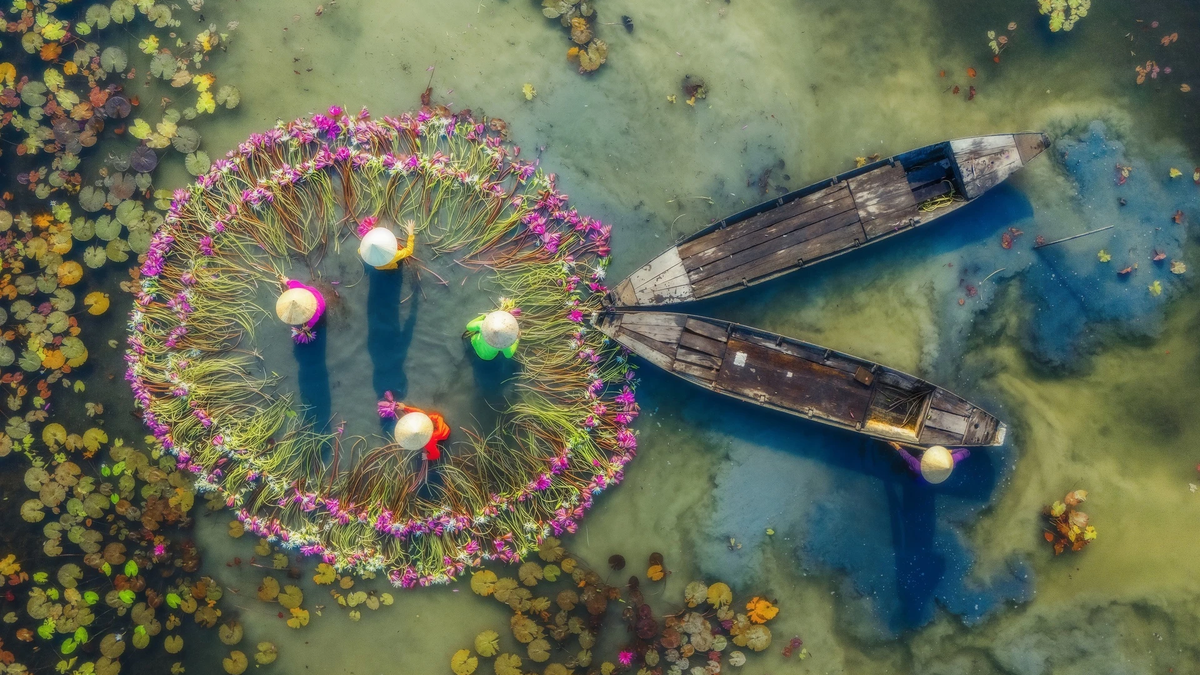



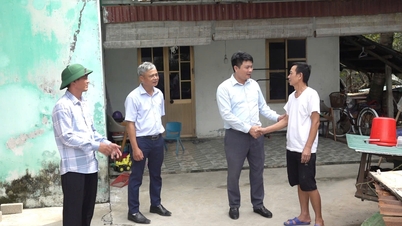



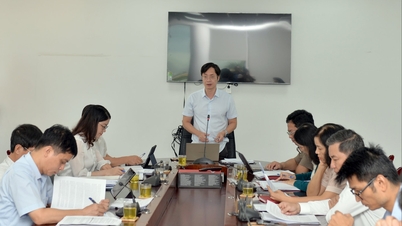
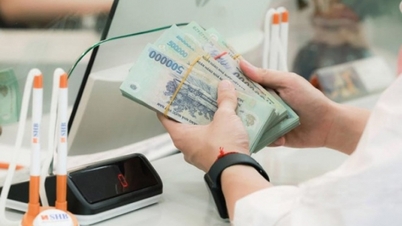








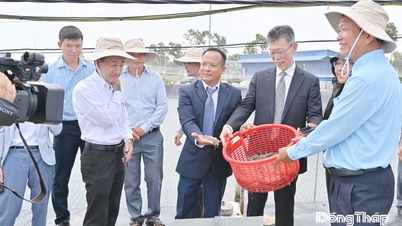



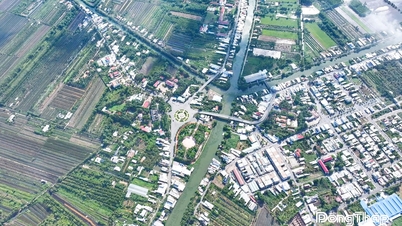

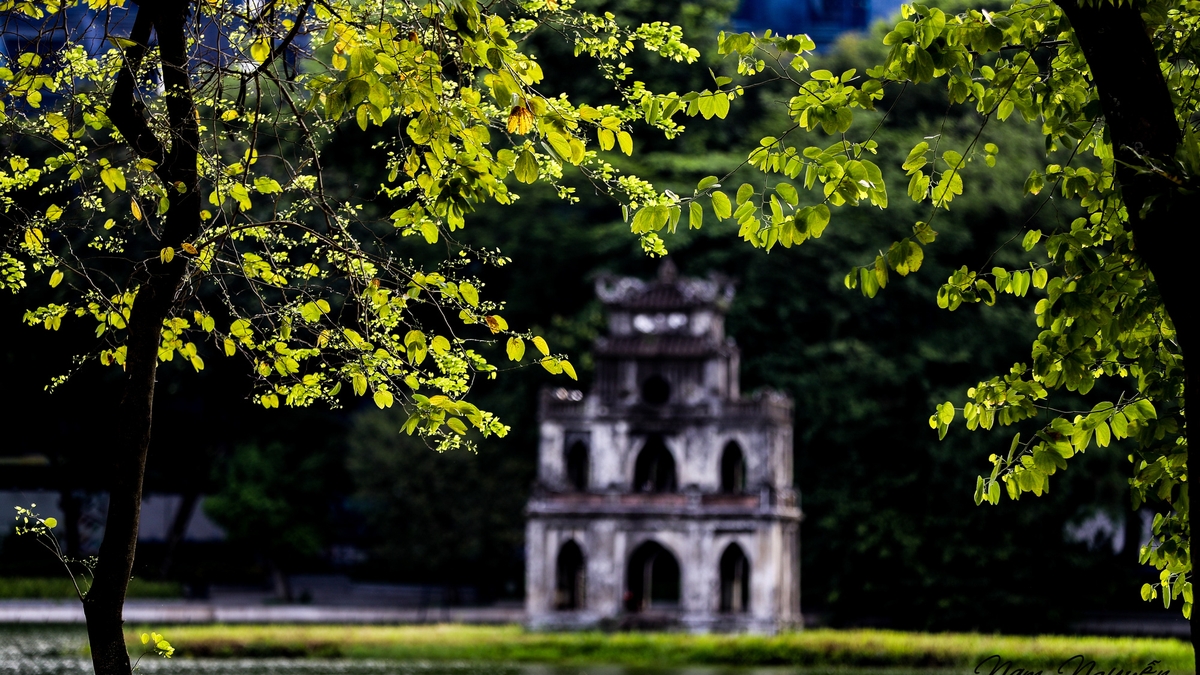
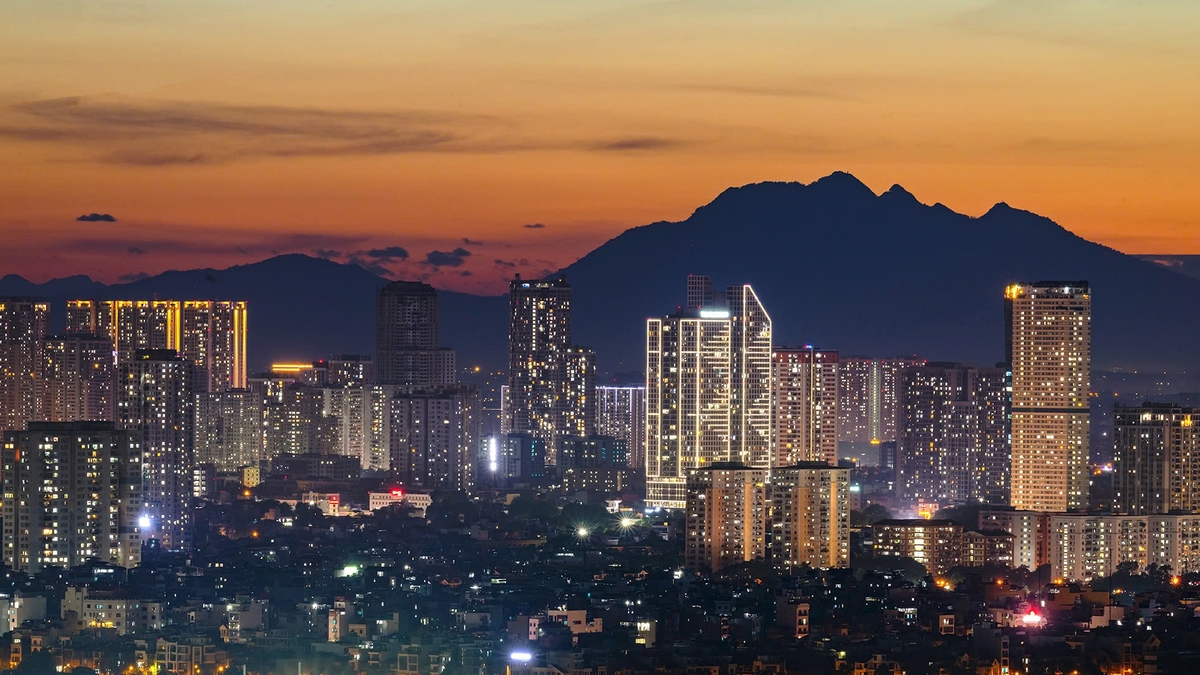

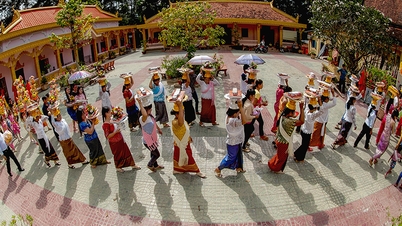

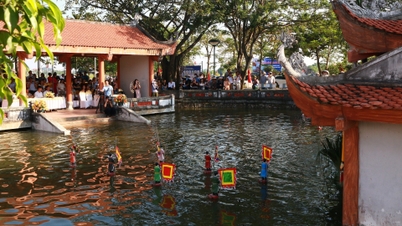

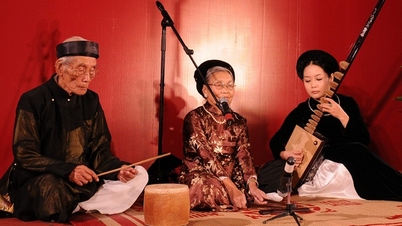



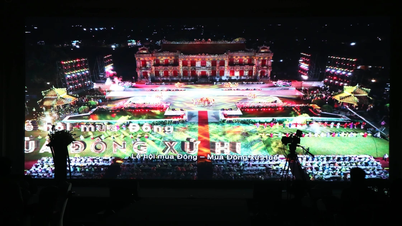

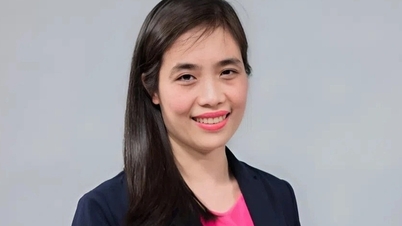




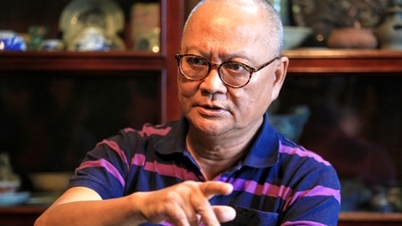
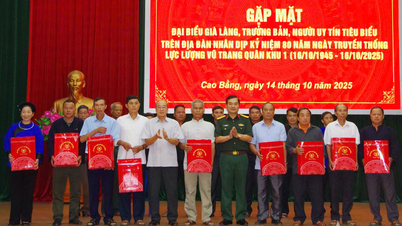

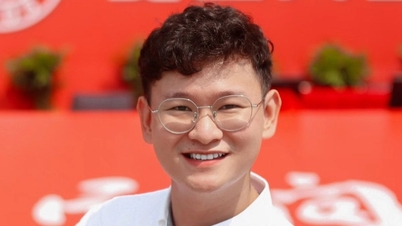

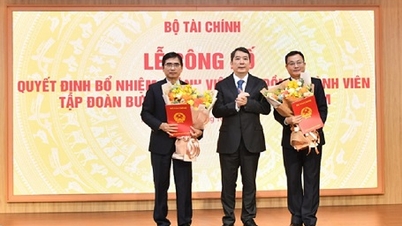


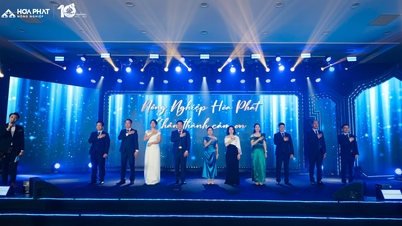


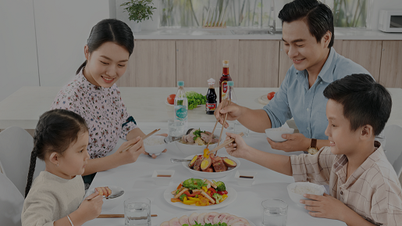




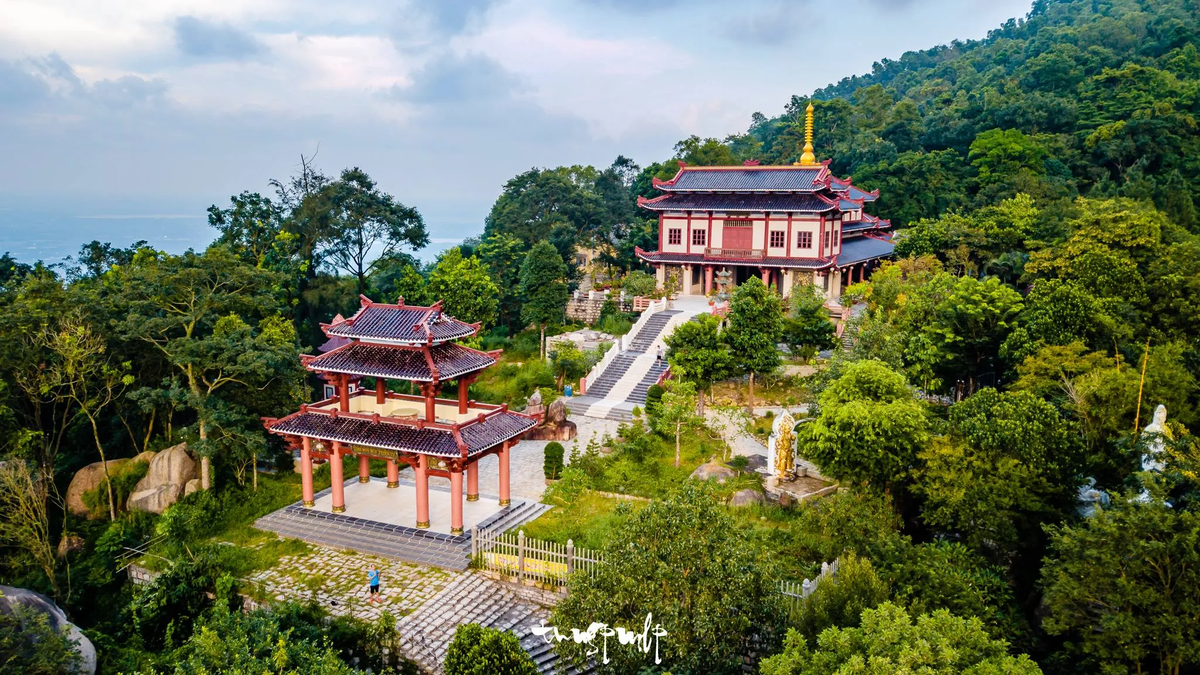
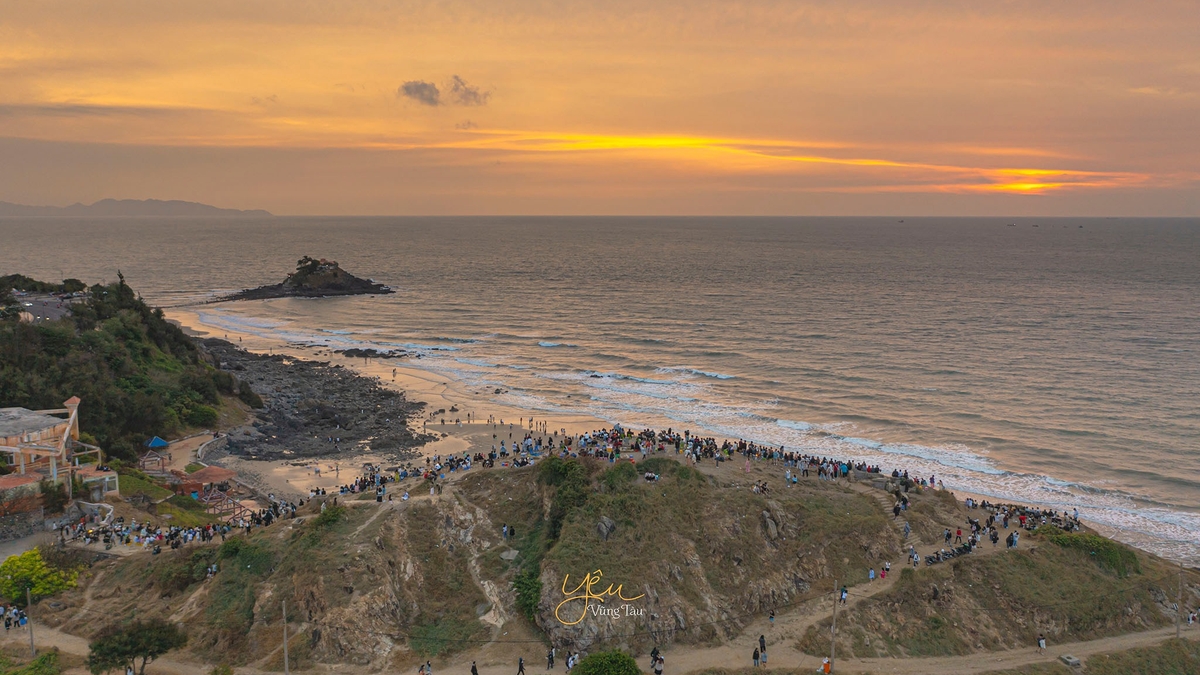




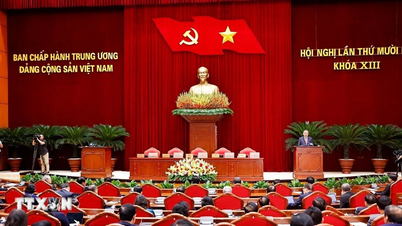
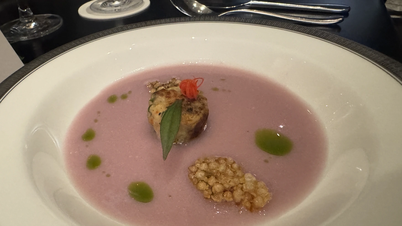

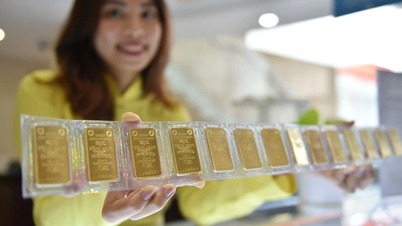

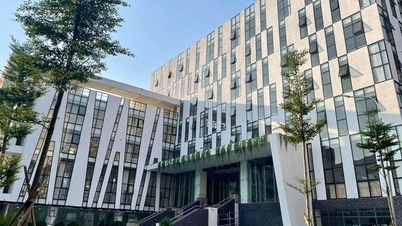

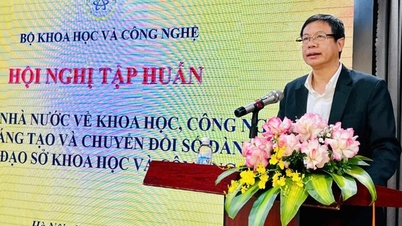

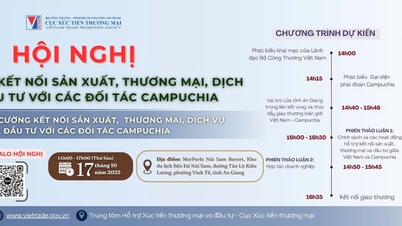


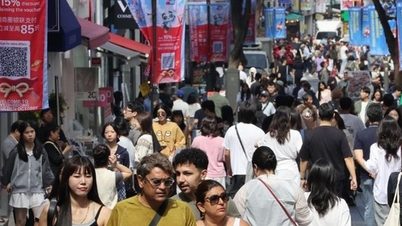
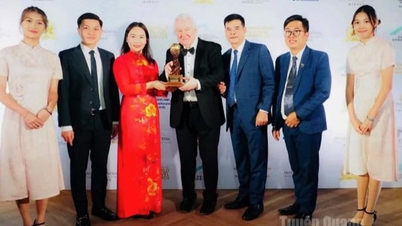
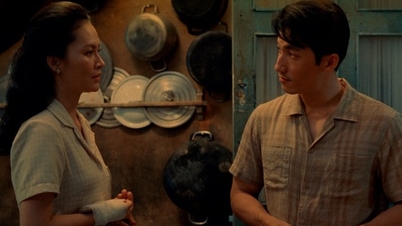
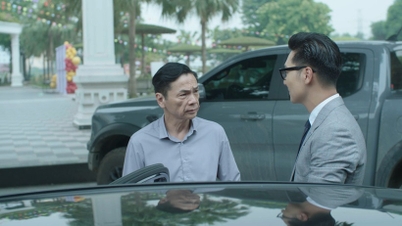
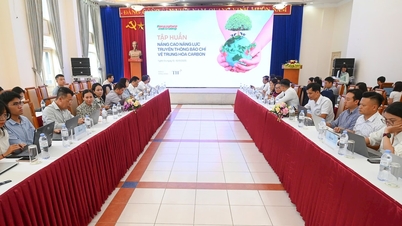

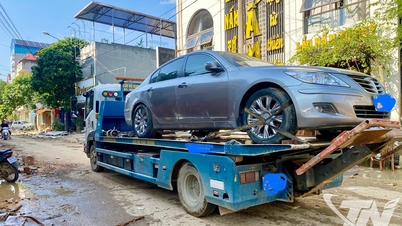

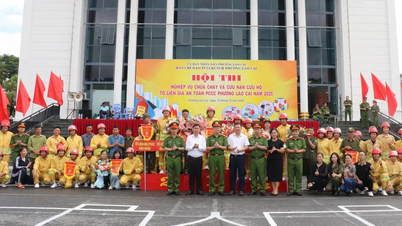

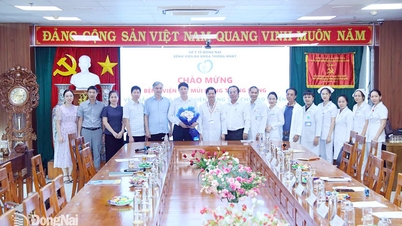

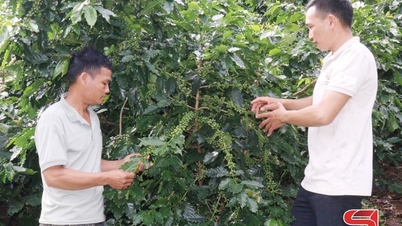

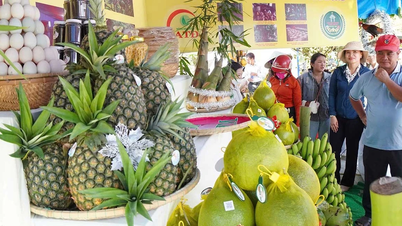

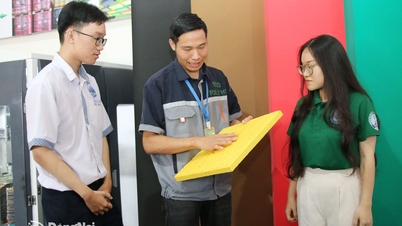
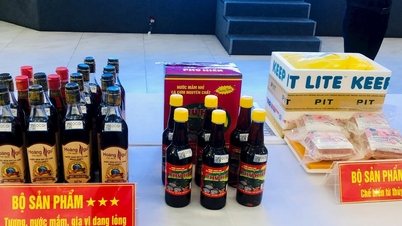

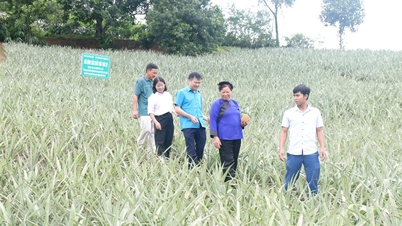

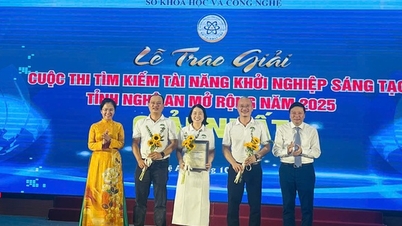


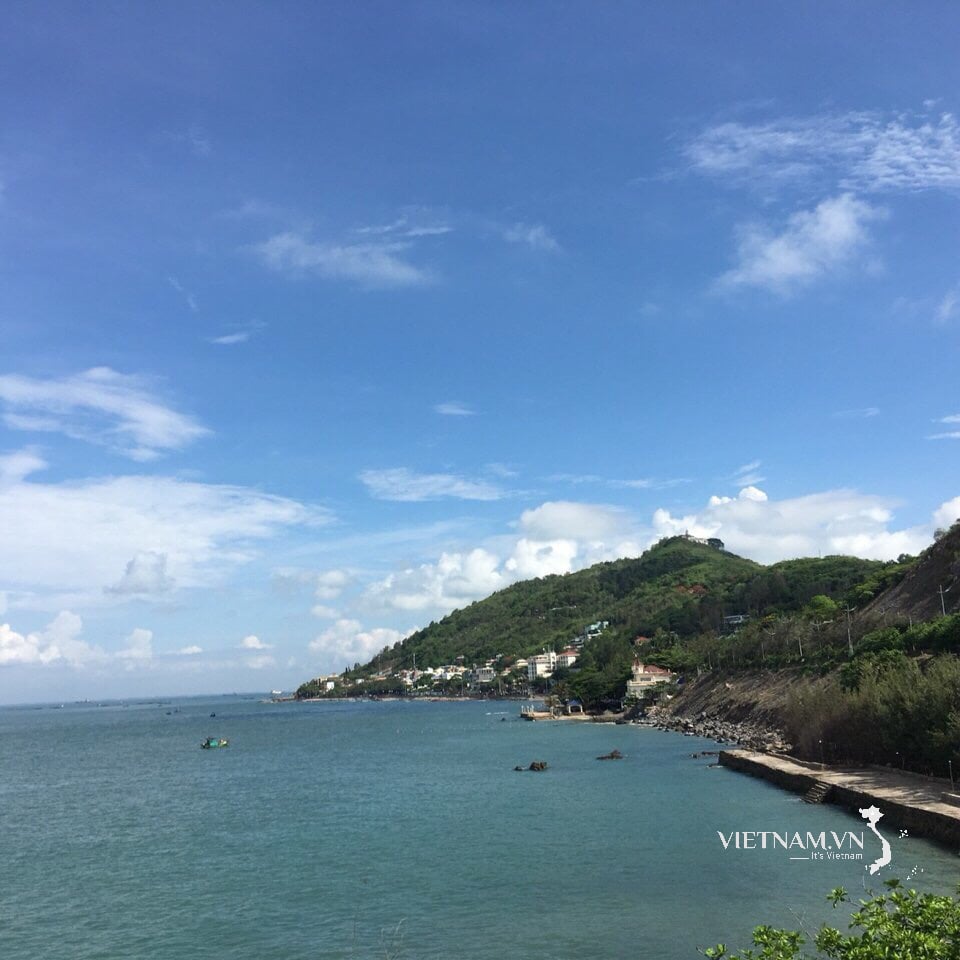
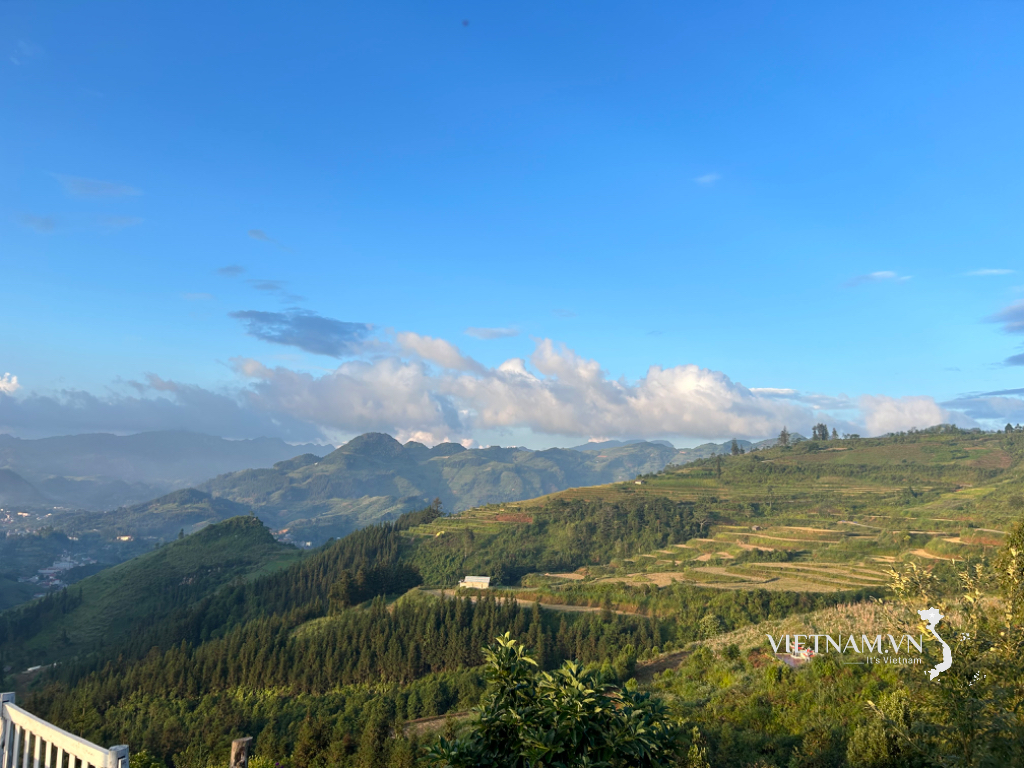
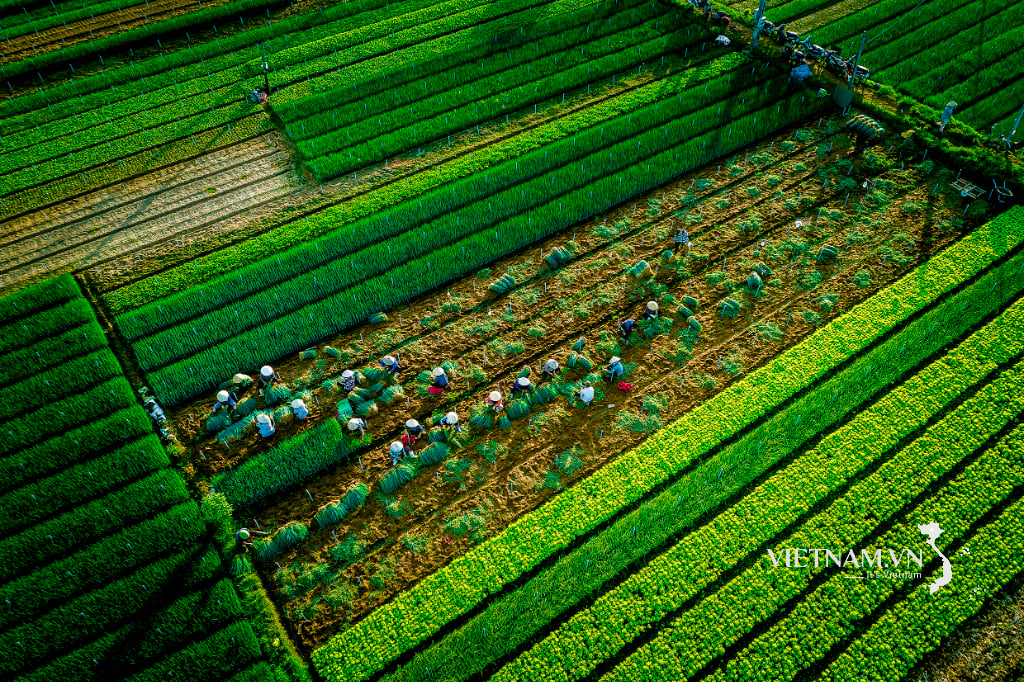
Comment (0)